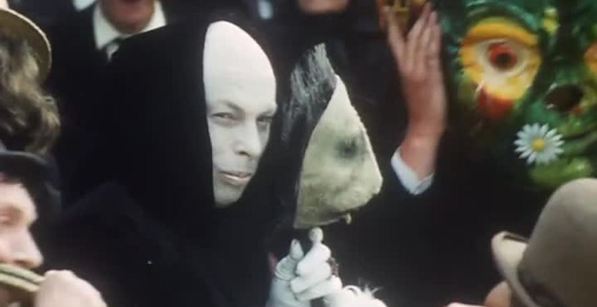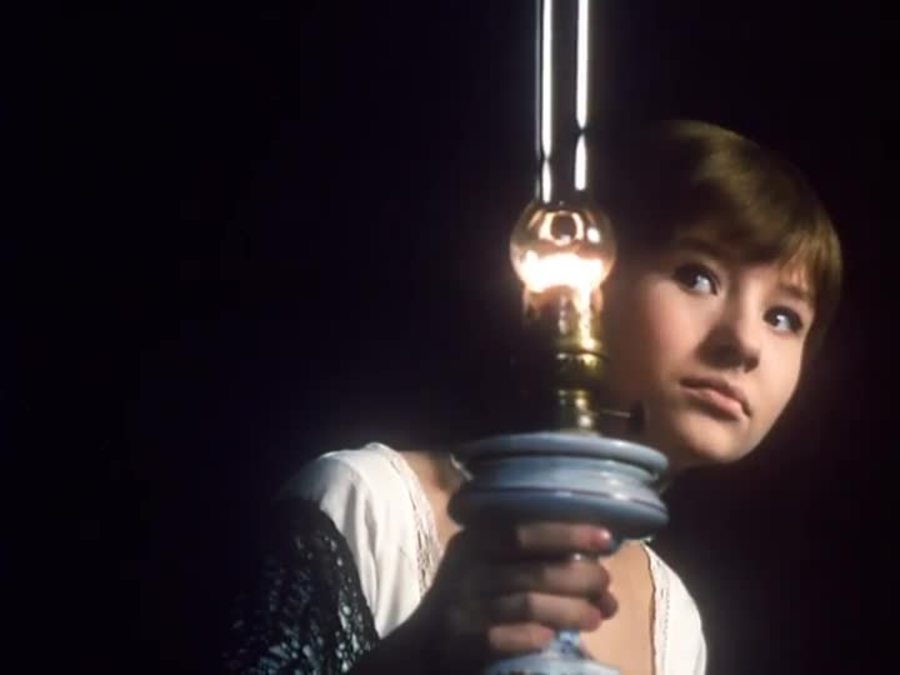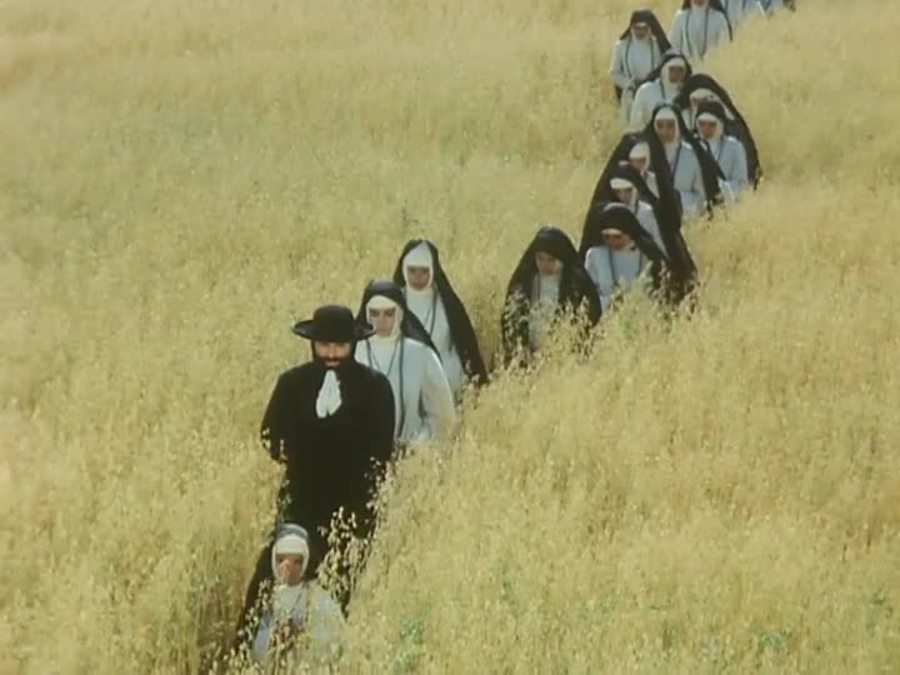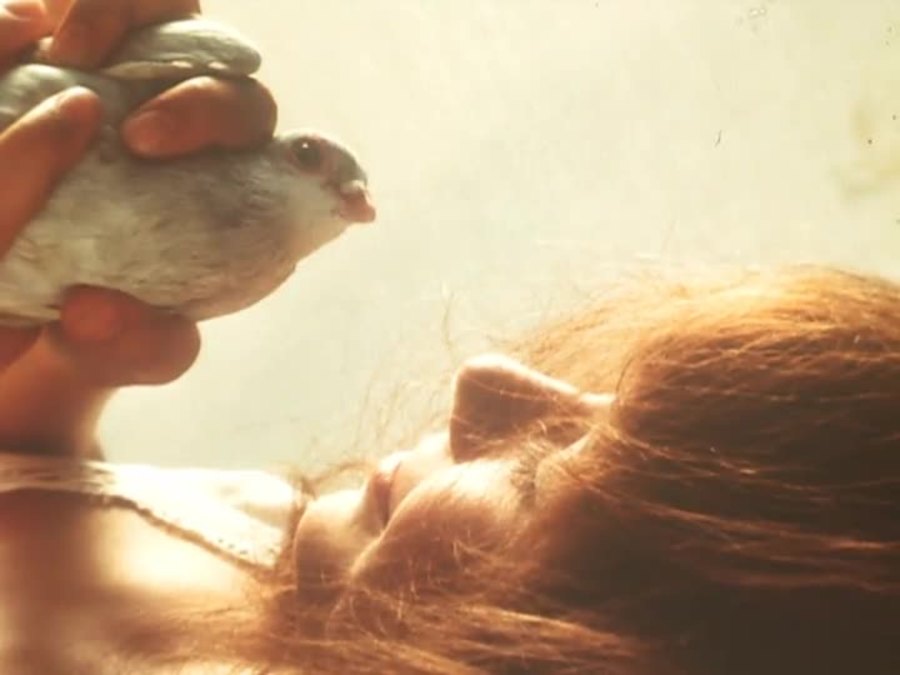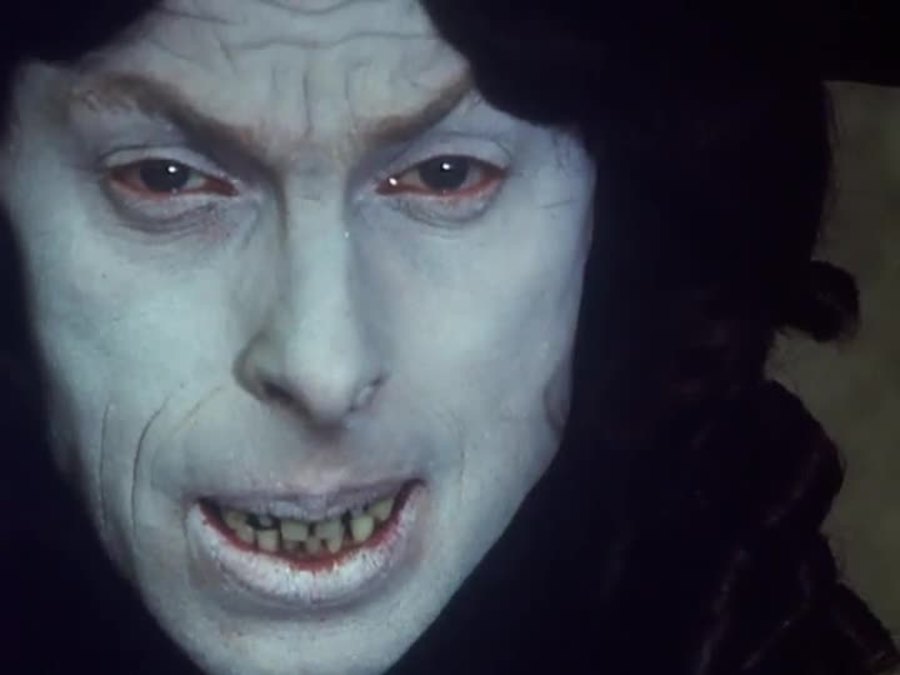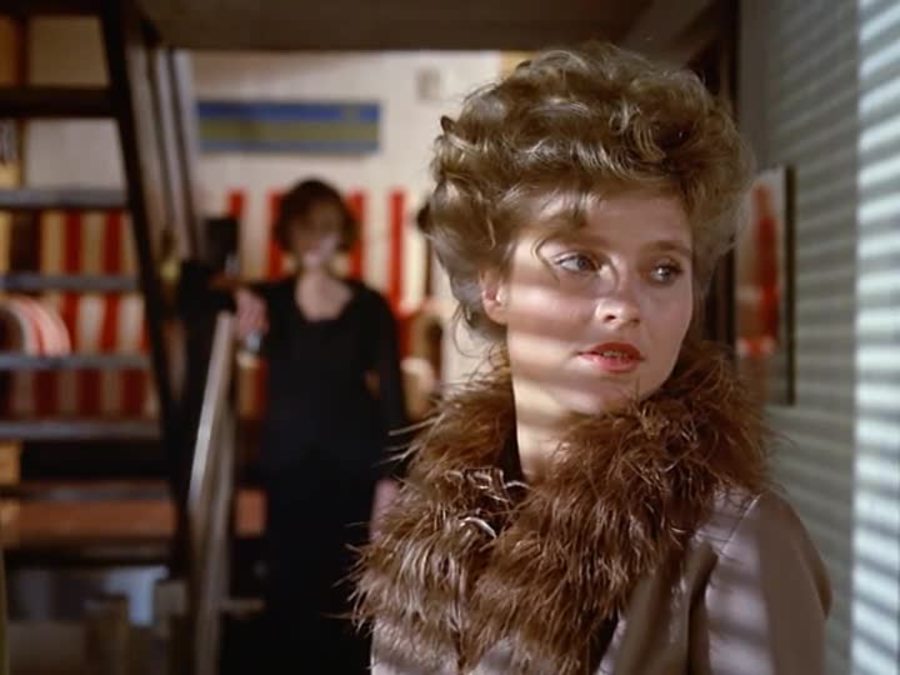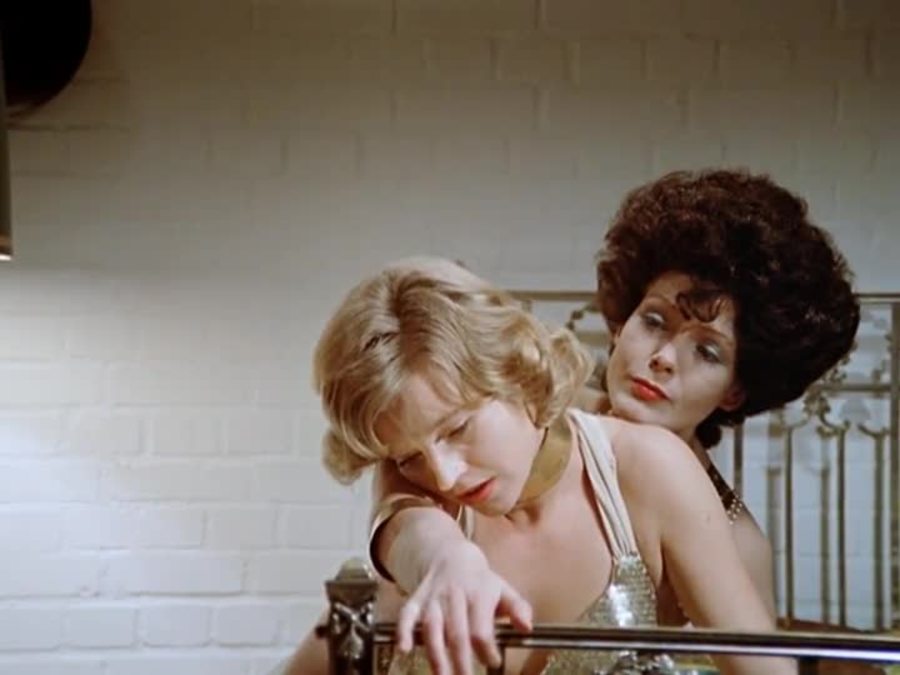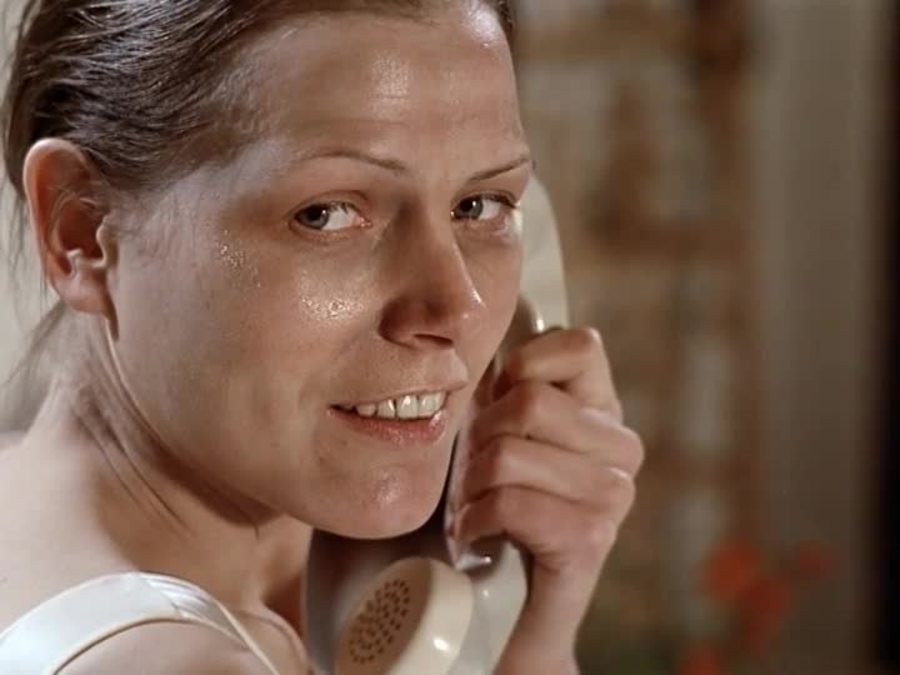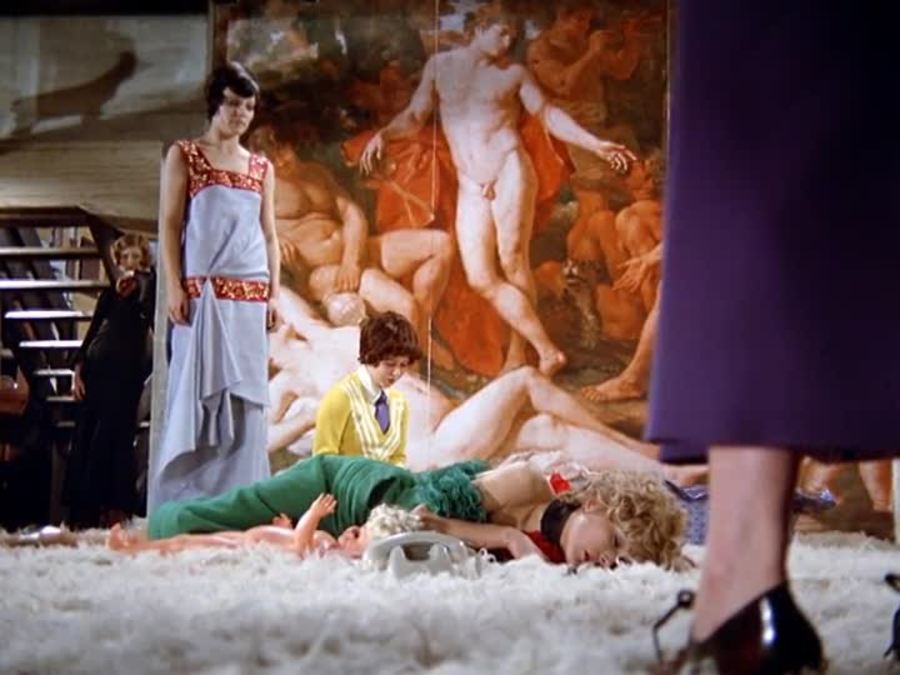[Editor’s note: Films under the theme “Title Championship,” including many discussed in this article, appear on Fandor via the Criterion Collection and Hulu for a limited time.]
There is an entire modern culture—in art, literature, music, and cinema—springing from the legacy of Lewis Carroll’s books Alice’s Adventures in Wonderland (1865) and Through the Looking-Glass (1871). I refer not to the reassuring children’s story retold so as to provide the young with moral lessons and a comfortable ‘rite of passage’ into socially sanctioned adulthood; rather, the hallucinatory dreamscape of constant metamorphosis that allows a subversive, leading role for blossoming female sexuality and the attractive dangers of existence’s “dark side.”
Jaromil Jireš’s Valerie and Her Week of Wonders (1970) is the Alice myth turned inside out and set ablaze. This trippy succession of dream images—set to a non-stop soundtrack of experimental-medieval-folk-rock by Lubos Fiser that sounds entirely au courant today—throws everything into the war of eroticism versus repression. There are nuns, dark towers, a black-caped figure of Death, lovers cavorting in fields, monstrous couplings, magic objects, perverse alliances … And all dressed and designed in that baroque, Eastern European style we recognize from the films of Walerian Borowczyk and many other directors of the 1960s and ’70s. Jireš was a strong, important part of the brief flowering of the ’60s Czech New Wave.
At the centre of this film is a young girl, Valerie, played by Jaroslava Schallerová, who was only thirteen at the time of filming. (It would be hard to get away with this in the film industry of today, almost anywhere.) The story effectively begins by matter-of-factly narrating the detail of her first menstrual period—but, although there is plenty of familiar, vampiric, horror-genre imagery in the film, this is no Carrie (1976). Rather, Valerie is floridly lyrical, enraptured by the flow of water, the burst of sunlight and the ripeness of flesh. It is, paradoxically, a portrait of budding sexuality that retains an innocent air.
What happened to Carroll’s Alice in cultural history is quite clear: she was abducted by the artists and thinkers of surrealism, in all its diverse forms and manifestation throughout the 20th century and beyond. Inspired by the Freudian dream-work and Marxist social theory alike, surrealism took Carroll’s tale as a template of wonder and revolt. This little girl, in her many changing incarnations, is less a three-dimensional, psychological character than a mythic figure—projecting herself wildly into everything she sees and experiences around her, imagining her destiny fleetingly materialized as this fair maiden or that old crone, this voluptuous seductress or that stern school teacher ….
Valerie remains astonishing for the way it packs this dreamlike parade of projections and transformations into a mere seventy-three minutes; it is a small epic of surrealist cinema. Working from a novel by the celebrated Czech writer Vitězslav Nezval (1900-1958), Jireš provides, in film history, the missing link between the unimpeachably surrealist career of Luis Buñuel, and the politicized fantastications of UK novelist Angela Carter, whose script for Neil Jordan’s The Company of Wolves (1984) owes much to Valerie. Although there were plenty of commentators in the 1960s art world ready to pronounce surrealism a long-dead movement, the cinema rallied its dearest and darkest powers, at that time, to assert otherwise: the films of Buñuel, Nelly Kaplan and Valerie and Her Week of Wonders are proof of that enduring vitality.
Rainer Werner Fassbinder’s The Bitter Tears of Petra von Kant (1972) hails from a completely different cultural sensibility. For many prominent gay artists, George Cukor’s Hollywood classic The Women (1939) has proved an irresistible model for cinematic storytelling: a group of women stuck together in a house, their destinies nominally defined and dominated by off-screen males, but living day to day through the melodramatic intensity of their same-sex exchanges.
This tale can be told in a bitchy, misogynistic way or, the contrary, used as the basis for queer identification. François Ozon’s 8 Women (2002) provides one fine example. As for Fassbinder, he loved The Women so much he produced it both on stage and for television.
The Bitter Tears of Petra von Kant—cheekily subtitled “a case history”—is Fassinder’s explicitly lesbian variation on the model provided by The Women. Preserving and indeed exaggerating the claustrophobic theatricality of his original play, Fassbinder offers a parade of chic women who visit Petra (Margit Carstensen), a fashion designer, and her mute and ever-obedient servant, Marlene (Irm Hermann).
Psychological domination and expert game playing are Petra’s forte—she gives good phone—and, in her lair, all transactions are a dance in and around her bed. Meanwhile, the seethingly jealous Marlene types and sketches forever in the background. Petra, in her interactions with Marlene, carefully alternates gestures of flirtation (such as dancing) with demonstrations of authority (“I need an orange juice!”)—the age-old formula for trapping someone in an emotional double bind, something at which Fassbinder, in both his professional and personal life, appears to have been quite a master himself.
The possibilities for camp humor are many—as in the ironically contrapuntal use of old hits by The Platters and The Walker Brothers—but Fassbinder plays it cool. I have seen several stage productions of Bitter Tears down the years, and it is fascinating to realize how completely cinematically Fassbinder renders his own material, even as the text of the play is scrupulously respected. Michael Balhaus’s cinematography, in concert with Fassbinder’s mise en scène, keeps it inventive, with constantly changing perspectives, reframings, foreground/background switches and lighting effects. Not to mention the central role played by an enormous reproduction of Nicolas Poussin’s 1629 painting “Midas and the Bacchus” as a prominent wallpaper mural in the set!
The Bitter Tears of Petra von Kant is a compelling mixture of ironic distance and rapt involvement—a combination few Fassbinder imitators can truly reproduce. It builds to a simple but valuable life lesson for those embroiled in emotionally sadomasochistic relations—a ledger which basically includes, in Fassbinder’s acidic view of society, everybody. The “weaker” in any situation has one ultimate, devastating weapon: quite simply, the power to walk away.

